The war in Ukraine will have huge ramifications for the international system in the coming years. Many will prove negative for the U.S. as sanctions backfire and the world moves more rapidly toward dollar alternatives.
Unfortunately, the war in Ukraine was totally avoidable. Had the U.S. pursued closer ties with Russia years ago, rather than antagonizing it and driving it into a deeper alliance with China, it's highly unlikely the war would have taken place.
But largely because of elites in the U.S. and Europe, hopes of a partnership with Russia were dashed.
I've made the argument before, but sometimes we all need to be reminded of basic facts. We need to remember how we got here.
Three-Handed Poker
There's an old saying in poker: If you're in a three-way poker game and you don't know who the sucker is, you're the sucker.
The idea is that in a three-handed game, two players will disadvantage the sucker by coordinating their betting and not raising each other. Eventually, the sucker is cleaned out and the two survivors can then turn on each other.
The world is in a three-handed poker game today.
Russia, China and the U.S. are the only true superpowers and the only three countries that ultimately matter in geopolitics. That's not a slight against any other power.
But all others are secondary powers (the U.K., France, Germany, Japan, Israel, etc.) or tertiary powers (Iran, Turkey, India, Pakistan, Saudi Arabia, etc.).
The U.S. Is the Sucker
This means that the ideal posture for the U.S. is to ally with Russia (to marginalize China) or ally with China (to marginalize Russia), depending on overall geopolitical conditions.
The U.S. conducted this kind of triangulation successfully from the 1970s until the early 2000s.
One of the keys to U.S. foreign policy in the last 50 or 60 years has been to make sure that Russia and China never formed an alliance. Keeping them separated was key.
In 1972, Nixon pivoted to China to put pressure on Russia. In 1991, the U.S. pivoted to Russia to put pressure on China after the Tiananmen Square massacre.
Unfortunately, the U.S. has lost sight of this basic rule of international relations. It is now Russia and China that have formed a strong alliance, to the disadvantage of the United States.
The war in Ukraine has only deepened their relationship.
Ultimately, this two-against-one strategic alignment of China and Russia against the U.S. is a strategic blunder by the U.S.
The U.S. is the sucker in this three-way game of poker. The fact is Washington has squandered a major opportunity to turn it in America's favor.
A Historic Blunder
When future historians look back on the 2010s they will be baffled by the lost opportunity for the U.S. to mend fences with Russia, develop economic relations and create a win-win relationship between the world's greatest technology innovator and the world's greatest natural resources provider.
China is the greatest geopolitical threat to the U.S. because of its economic and technological advances and its ambition to push the U.S. out of the Western Pacific sphere of influence.
Russia may be a threat to some of its neighbors (ask Ukraine), but it is far less of a threat to U.S. strategic interests. It's not the Soviet Union anymore.
Therefore, a logical balance of power in the world would be for the U.S. and Russia to find common ground in the containment of China and to jointly pursue the reduction of Chinese power.
Of course, that didn't happen. And we could be paying the price for years to come. Who's to blame for this U.S. strategic failure? You can start with the globalist elites…
Poking the Russian Bear
The U.S. and its allies, especially the U.K. under globalists like David Cameron, wanted to peel off Ukraine from the Russian orbit and make it part of the EU and eventually NATO.
From Russia's perspective, this was unacceptable. It may be true that most Americans cannot find Ukraine on a map, but a simple glance at a map reveals that much of Ukraine lies east of Moscow.
Putting Ukraine in a Western alliance such as NATO would create a crescent stretching from Luhansk in the east through Poland in the west and back around to Estonia in the north. There are almost no natural obstacles between that arc and Moscow; it's mostly open steppe.
Completion of this "NATO Crescent" would leave Moscow open to invasion in ways that Napoleon and Hitler could only dream. Of course, this situation was and is unacceptable to Moscow.
Putin didn't just wake up one day and decide it would be fun to invade Ukraine. It was years in the making.
The Orange Revolution
Prior to 2014, an uneasy truce existed between Washington and Moscow that allowed a pro-Russian president while at the same time permitting increasing contact with the EU.
Then the U.S. and the U.K. overreached by allowing the CIA and MI6 to foment a "color revolution" in Kyiv called the "Euromaidan Revolution."
Ukrainian President Viktor Yanukovych resigned and fled to Moscow. Pro-EU protesters took over the government and signed an EU Association Agreement.
In response, Putin annexed Crimea and declared it part of Russia. He also infiltrated Donetsk and Luhansk in eastern Ukraine and helped establish de facto pro-Russian regional governments. The U.S. and the EU responded with harsh economic sanctions on Russia.
The U.S-induced fiasco in Ukraine not only upset U.S.-Russia relations; it derailed a cozy money-laundering operation involving Ukrainian oligarchs and Democratic politicians. The Obama administration flooded Ukraine with nonlethal financial assistance.
Some of this money was used for intended purposes, some was skimmed by the oligarchs and the rest was recycled to Democratic politicians in the form of consulting contracts, advisory fees, director's fees, contributions to foundations and NGOs and other channels.
Hunter Biden and the Clinton Foundation were major recipients of this corrupt recycling. Other beneficiaries included George Soros-backed "open society" organizations, which further directed the money to progressive left-wing groups in the U.S.
Trump Derails the Gravy Train
This cozy wheel of fortune was threatened when Donald Trump became president. Trump genuinely desired improved relations with Russia and was not on the receiving end of laundered aid to Ukraine.
Trump was a threat to everything the globalists had constructed in the 2010s.
The globalists wanted China and the U.S. to team up against Russia. Trump understood correctly that China was the main enemy and therefore a closer union between the U.S. and Russia was essential.
The elites' efforts to derail Trump gave rise to the "Russia collusion" hoax. While no one disputes that Russia sought to sow confusion in the U.S. election in 2016, that's something the Russians and their Soviet predecessors had been doing since 1917. By itself, little harm was done.
Yet the elites seized on this to concoct a story of collusion between Russia and the Trump campaign. The real collusion was among Democrats, Ukrainians and Russians to discredit Trump.
It took the Robert Mueller investigation two years finally to conclude there was no collusion between Trump and the Russians. By then, the damage was done. It was politically toxic for Trump to reach out to the Russians. That would be spun by the media as more evidence of "collusion."
Thanks, Globalists
Whatever you think of Trump personally, and he was far from perfect, the collusion story was always bogus.
So Russia became public enemy No.1 because of politics. Ironically, the same people who were soft on the Soviet Union during the Cold War are often the biggest Russia hawks these days.
And here we are today, fighting a proxy war against Russia in Ukraine. It could still result in direct war with Russia, with the specter of nuclear war looming in the background.
Again, it all could have been avoided. Nice job, globalists!







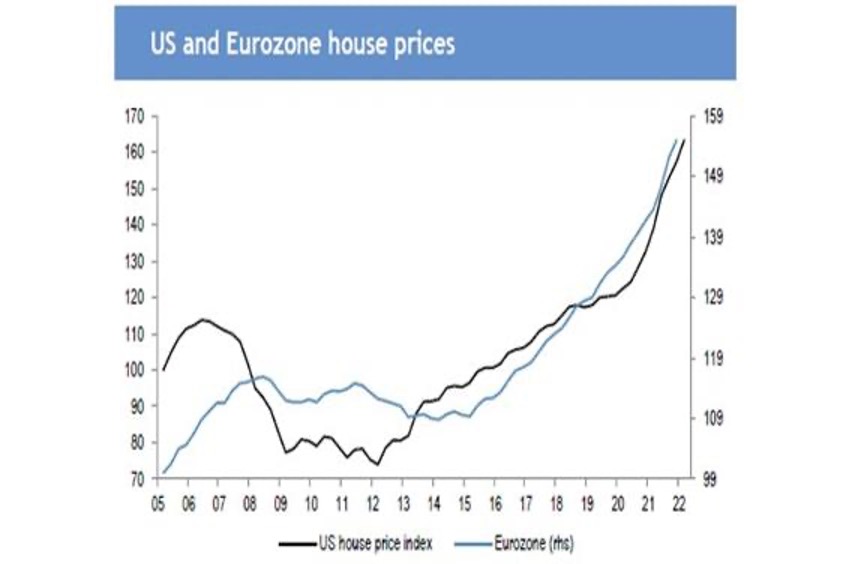
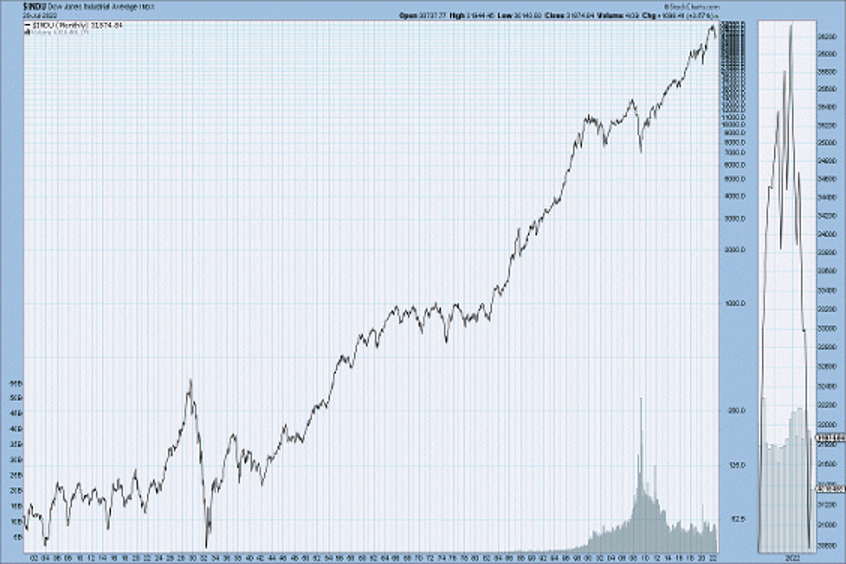

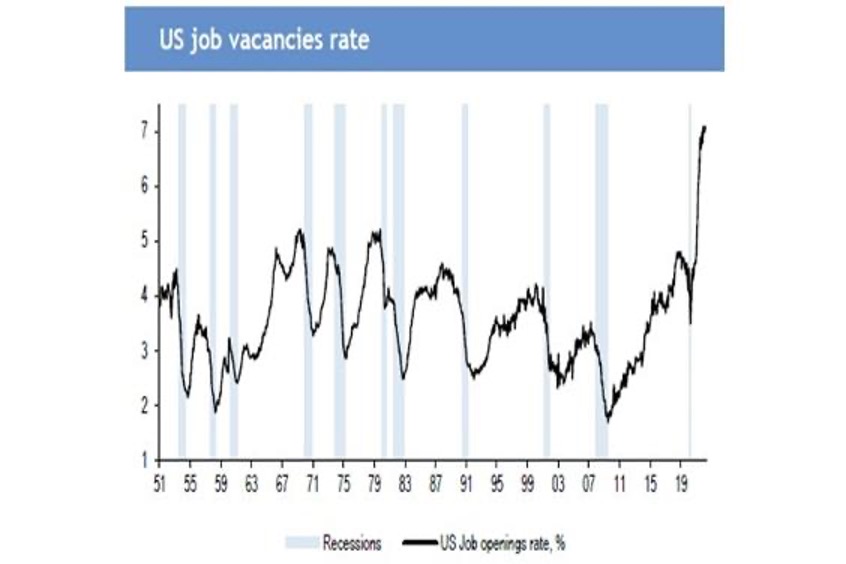



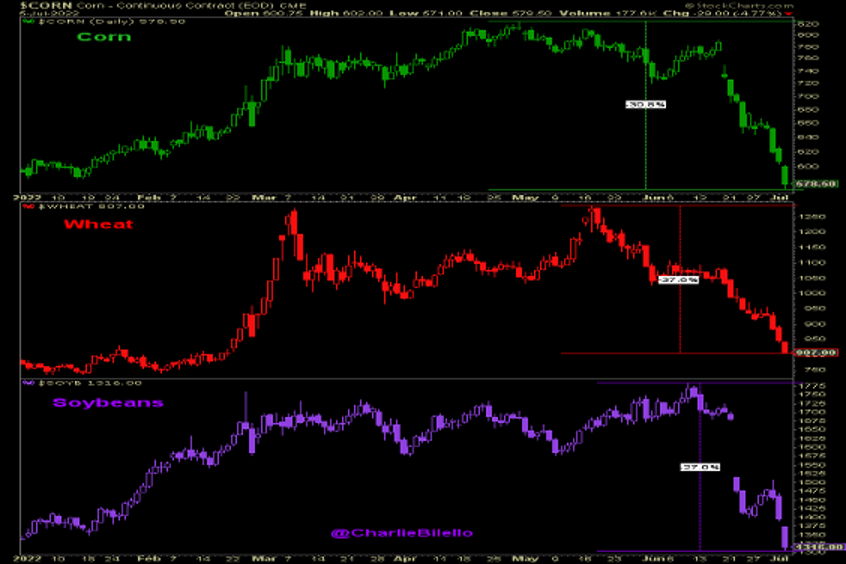
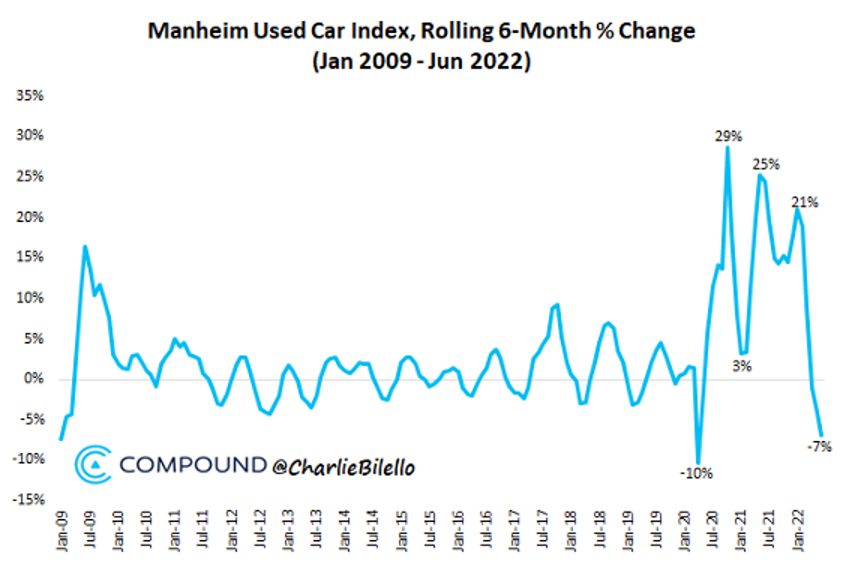
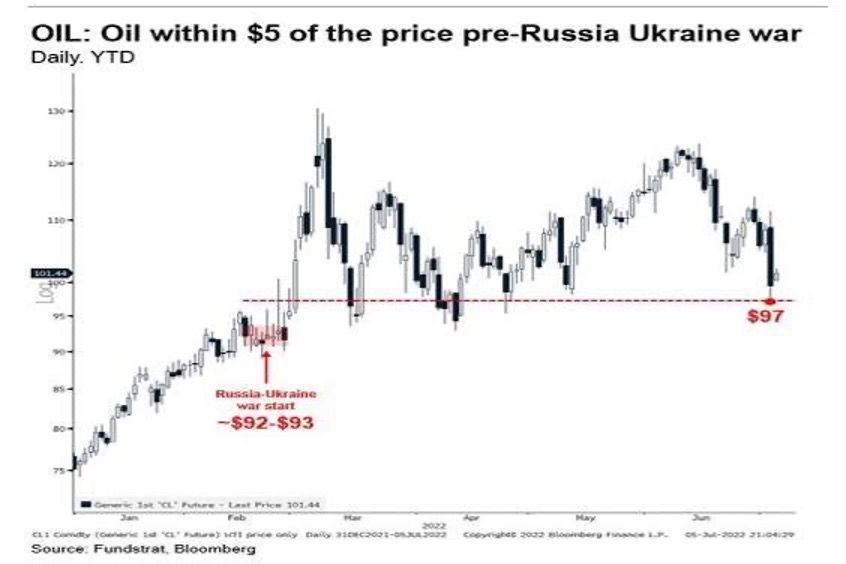
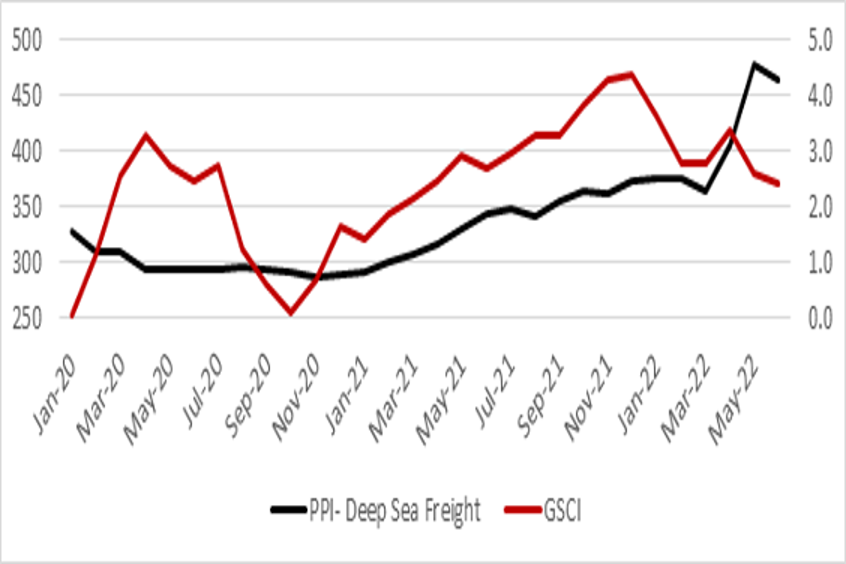
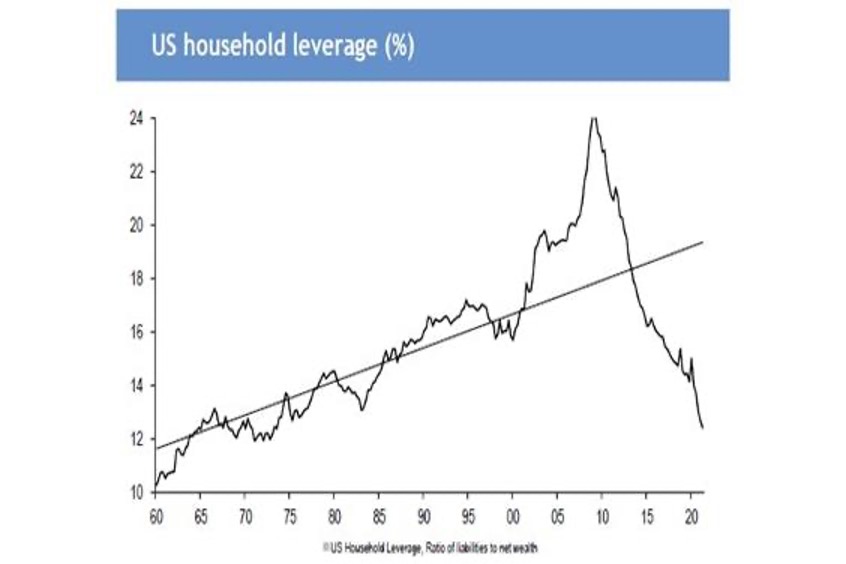







 "It's all being driven by massive policy and legal shifts from the top down," said our resident geologist and mining expert Byron King last year, with alarming prescience.
"It's all being driven by massive policy and legal shifts from the top down," said our resident geologist and mining expert Byron King last year, with alarming prescience. The most glaring throughline from green politics to Sri Lanka's collapse was the president's abrupt command to adopt all-organic farming. With disastrous consequences…
The most glaring throughline from green politics to Sri Lanka's collapse was the president's abrupt command to adopt all-organic farming. With disastrous consequences… While the government by and large repealed the fertilizer ban in November 2021, the inevitable devastation was done.
While the government by and large repealed the fertilizer ban in November 2021, the inevitable devastation was done.
 "The underlying reason for the fall of Sri Lanka is that its leaders… fell under the spell of Western green elites peddling organic agriculture and 'ESG,'" says author Michael Shellenberger at Common Sense.
"The underlying reason for the fall of Sri Lanka is that its leaders… fell under the spell of Western green elites peddling organic agriculture and 'ESG,'" says author Michael Shellenberger at Common Sense. "But the biggest problem was Sri Lanka's chemical fertilizer ban, which… was central to the country's effort to comply with ESG," Shellenberger contends.
"But the biggest problem was Sri Lanka's chemical fertilizer ban, which… was central to the country's effort to comply with ESG," Shellenberger contends.



